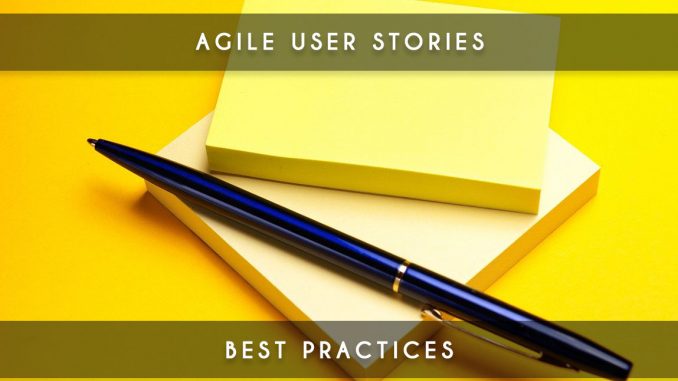
Today, let’s explore the best practices for agile user stories. It’s not always easy to determine the right practices, so this article aims to provide you with guidance to choose what’s best for you.
While there are numerous practices related to user stories, it’s essential to identify which ones are most suitable for your needs. How can you optimize your backlog and its items? Let’s explore together.
Before Diving into Agile User Story Best Practices
If you’re new to user stories, it’s important to grasp the fundamental concepts. Start by reading our introductory article on classic user stories: Agile user story.
For a comprehensive understanding of this concept, we’ve provided a practical example of an ecommerce user story: Example: ecommerce user story.
The 3C model is often discussed for building user stories. Learn about the 3C model for the social aspect of user-stories.
A Format to Ease Your Start
Initially, crafting user stories might seem complex. To simplify this process, we introduced the story A4 format. This format can be particularly helpful for beginners: Story A4 – user story template.
How to Split User Stories?
Dividing user stories can be challenging at first, but it’s essential for effectively organizing your product backlog. Fortunately, we’ve created a guide to assist you in splitting user stories: How to split his user-stories?.
Agile User Story Best Practices
When starting to create the initial user stories for a new product, we recommend employing story mapping. This practice helps define the first user stories in your product backlog. Here’s an example:
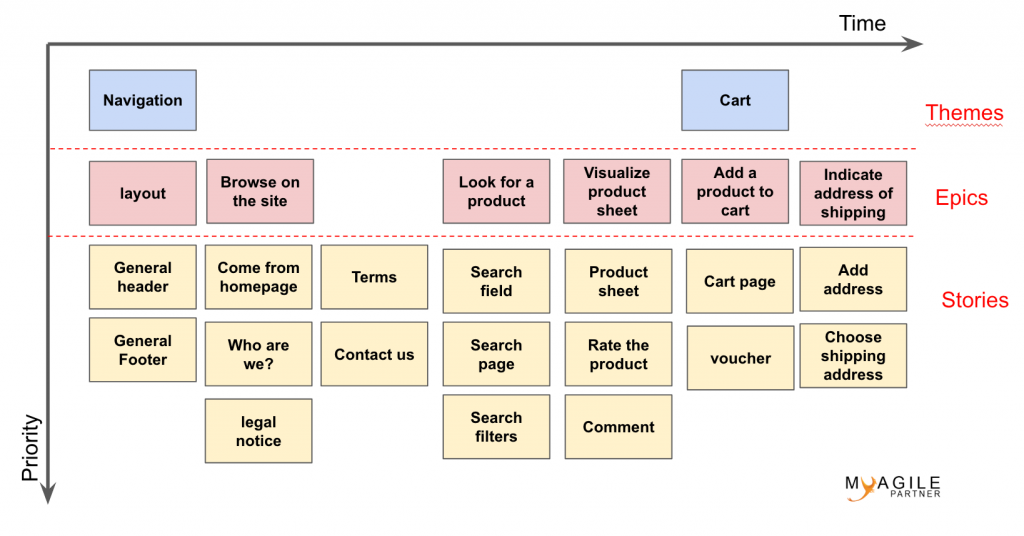
For detailed insights into this practice, read our article on creating your first story map: User Story Mapping – example.
Product Backlog Refinement
In Scrum, regular backlog refinement is recommended. Many teams engage in the practice of product backlog refinement. During this session, the team dedicates time to refine user stories scheduled for development.
To understand the process better, read our article on Product Backlog Refinement (formerly known as grooming).
Teams often estimate items during refinement. The Planning Poker technique is a popular choice for estimating user stories: Planning Poker: estimate your user stories.
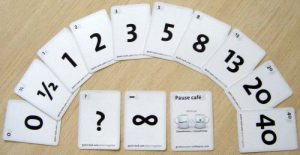
If you’re unfamiliar with story points used for estimating user stories, refer to our guide: Story points in agile – definition, example.
Useful link: User story agile (in French)

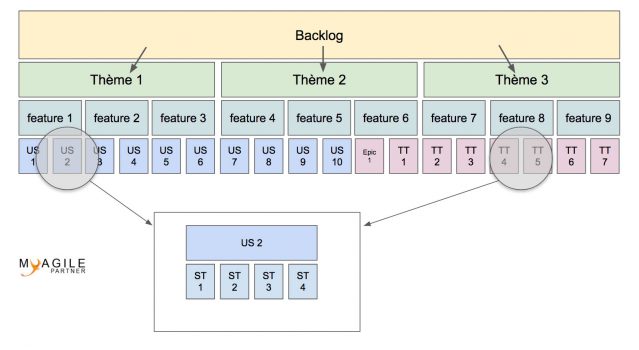

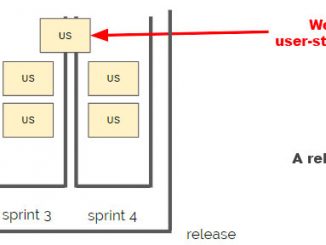
Be the first to comment